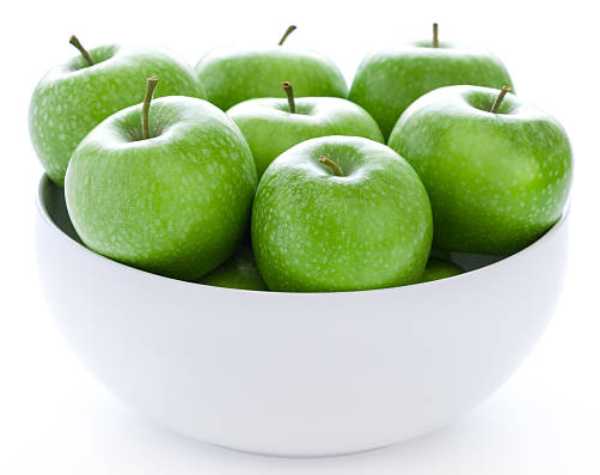Active and Passive Detection
Table of Contents
The differences between the 5 layers represent the gradual journey or gradient of cognition from subtle and dynamic to crude and static.
Consciousness the other half of Existence that lets Existence actually exist.
- Cognition is the step or subprocess between potential and actual existence.
- Physical crudity is the effect of metaphysical subtleness.
The difference between subtle and crude are from the fight between the Positive (Shiva or Yang) and Negative Forces (Shakti or Yin).
- The subtle metaphysical parts are represented by the aethereal, spatial, and upper radiant layers.
- The crude physical parts are represented by the material, convertible, and lower radiant layers.
A key differentiator of metaphysical and physical is direct physical force.
- Light does not exert force, but magnetism does.
Physical Points Versus Metaphysical Shapes
This difference between the metaphysical and physical leads to differences in conceptualization.
In Particle Superphysics (a subset of Material Superphysics), we say that particles become points when they are deployed onto reality.
- But they are shapes while in abstraction.
An analogy is programming language:
- Java is readable by humans.
- But it must be converted into bytecode to be readable by the computer.

So the shapes and vortices that we describe for particles are for human undstanding so that humans can harness Nature by manipulating those shapes and vortices.
- But they convert into waves and points in Nature.
The Mathematical System Versus the Qualimath System
The realization of the 2 Forces leads to the opening up of the metaphysical domain as a way to explain the effects in physical reality.
The metaphysical domain has its own set of rules that are similar but different from the physical.
For example, the rules of the sequential metaphysical domain are called logic. This sequence is facilitated by the spatial layer.
An example of logic is: “If this then that.”
- ‘That’ must happen after ’this’.
But there is a higher layer called the aether that is above the spatial and so is not confined by a rigid sequence or linearity.
A thing that is not bound by sequence is called arbitrary.
Connections that are made arbitrarily are called intuition.
An example of intuition is when you ask “what is the capital of the Federated States of Micronesia?” Suddenly you get the answer in your mind: “Palikir” without googling or looking at a map.
Here, the aethereal mind instantly connects “capital of the Federated States of Micronesia” with “Palikir” without going through the sequence demanded by logic.
In the Physical domain, the logic of physical perceptions is processed according to the system of mathematics.
In the Metaphysical domain, the intution of metaphysical causes is processed according to the system of qualimath.
Passive Versus Active Detection
The crudity of the physical domain means that its effects are easily observable. For example, we see 7 apples below:

We can use math to know the total number of apples to be eaten if we add or subtract them.
But why not replace the applies in the bowl with oranges which have more nutrition?
To do this we have to test the nutritional content of apples versus oranges.
We do this by:
- actively opening them up
- getting their contents
- running those contents through infrared spectroscopy or chemicals such as iodine
In other words, we impose the radiant layer or conversion layer onto the material layer to see how it reacts (expose the potential relational action of the apple or orange material).
This is in contrast to passive detection where we simplistically count the numnber of apples based on the reflection of radiant light.
- If there were no light, we would not be able to count the apples and there would be no physical math
We can say that active detection is the probing of the particle or phenomena by imposing on it the other layers.
- The purpose is to reveal the relationalities which then reveal the inherent signature of the particle or phenomena.
This was used by Socrates as a questioning method to reveal the mental pattern of the person he was talking to. So we can say that active detection on particles is particle dialetics.
This is done by imposing the aether, since it is the superior layer.
Modern Physics Lacks Active Detection of the Aether (and even the passive detection from Spacetime*)
Superphysics Note
A major shortcoming of quantum mechanics is that it uses passive detection of waves because it doesn’t know active detection.
For example, MicroBooNE and AMANDA passively detect the oncoming neutrinos that go through scintillators and ice.
- This limits its data compared to had it known active detection.
Neutrino detectors can be made into active detectors by imposing the aether onto the scintillators or ice.